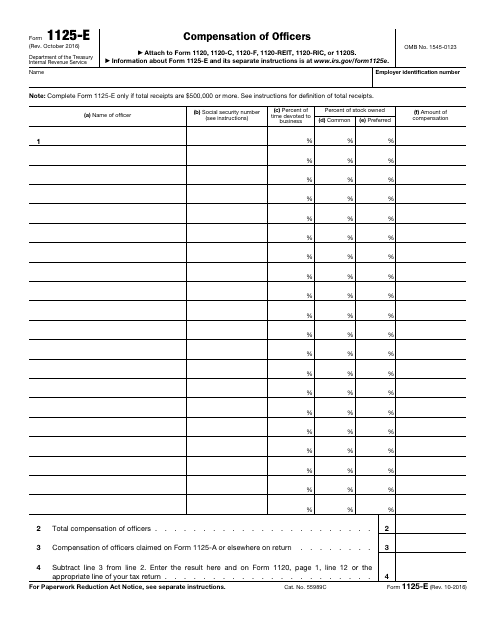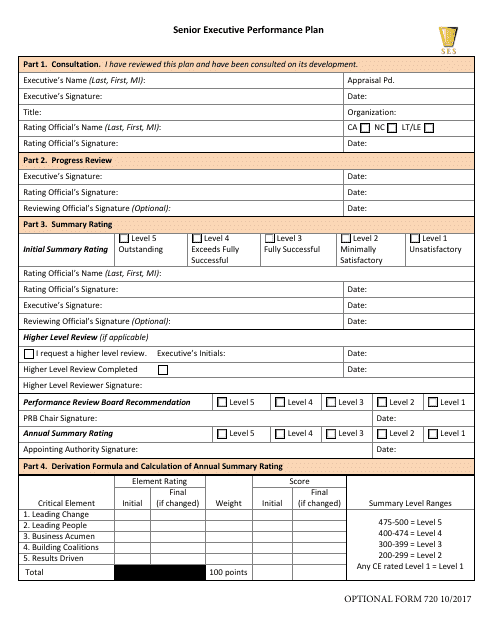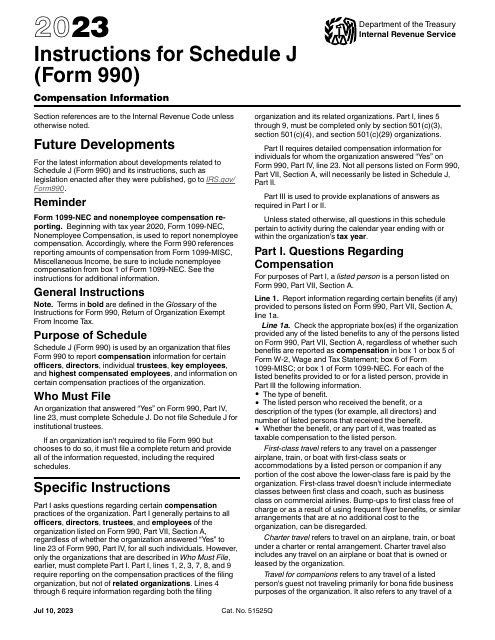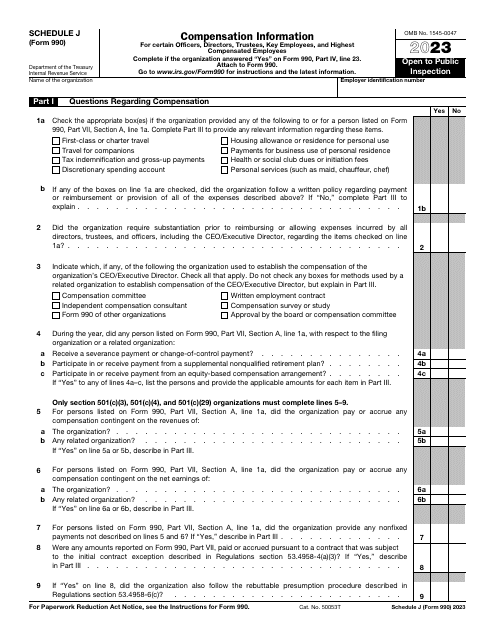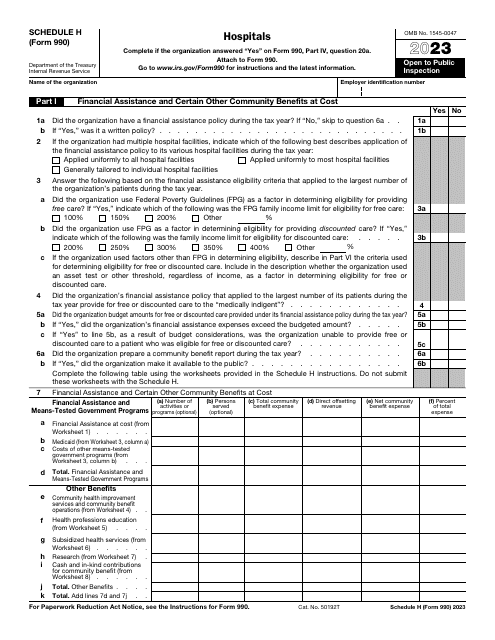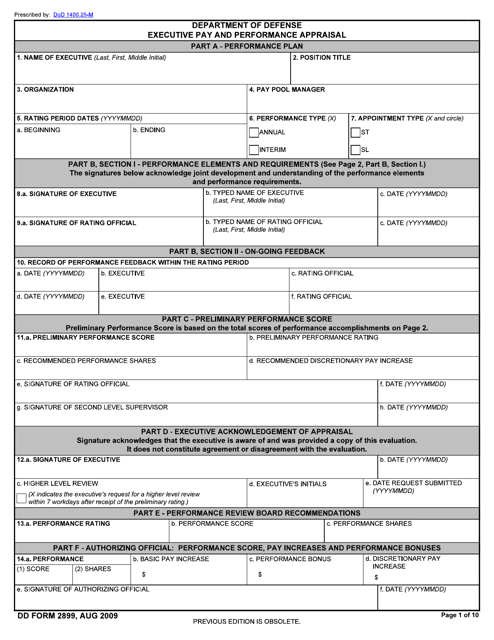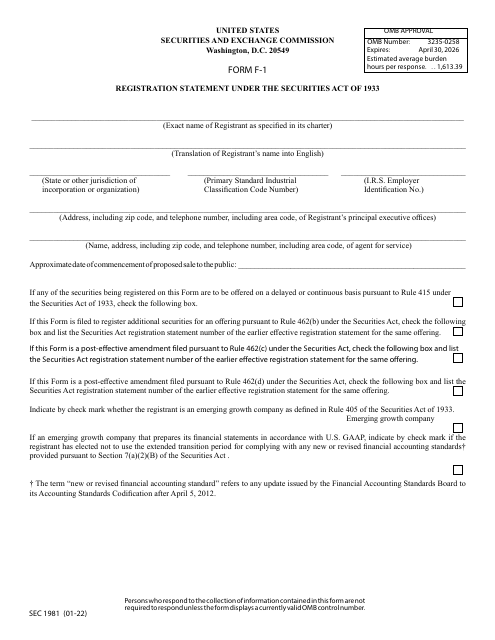Executive Compensation Templates
Executive compensation, also known as executive pay or executive remuneration, refers to the financial rewards and benefits provided to top-level executives in organizations. These rewards are designed to attract and retain talented executives who are responsible for making key strategic and operational decisions.
The executive compensation framework encompasses various documents and forms that shed light on the compensation practices of organizations. One important document is the IRS Form 990 Schedule J Compensation Information, which provides detailed information about the compensation received by executives in tax-exempt organizations. This form helps ensure transparency and accountability in executive pay.
Another document that contributes to understanding executive compensation is the DD Form 2899 Executive Pay and Performance Appraisal. This form is used by the Department of Defense to evaluate and document the performance and compensation of senior executives within the defense sector.
In addition, organizations are required to provide instructions for IRS Form 990 Schedule J Compensation Information, which guide them through the process of disclosing executive compensation information accurately.
Furthermore, the Form F-1 (SEC Form 1981) Registration Statement Under the Securities Act of 1933 is an essential document for publicly traded companies. It requires detailed disclosure of executive compensation as part of the registration process with the Securities and Exchange Commission (SEC).
Understanding and scrutinizing executive compensation is critical for stakeholders, including shareholders, employees, and the public. By examining these documents, stakeholders can assess the alignment of executive pay with company performance, determine whether the compensation packages are reasonable and justifiable, and hold organizations accountable for their executive compensation practices.
Documents:
14
This IRS form is used to provide a detailed report in regards to the deduction for compensation of officers when an entity has $500,000 or more in total receipts.
This form is used for documenting and evaluating the performance of senior executives in an organization. It is used to track their performance and set goals for improvement or reward.
This form is used for entering into an agreement to repay executive compensation. It is specific to Canada.

